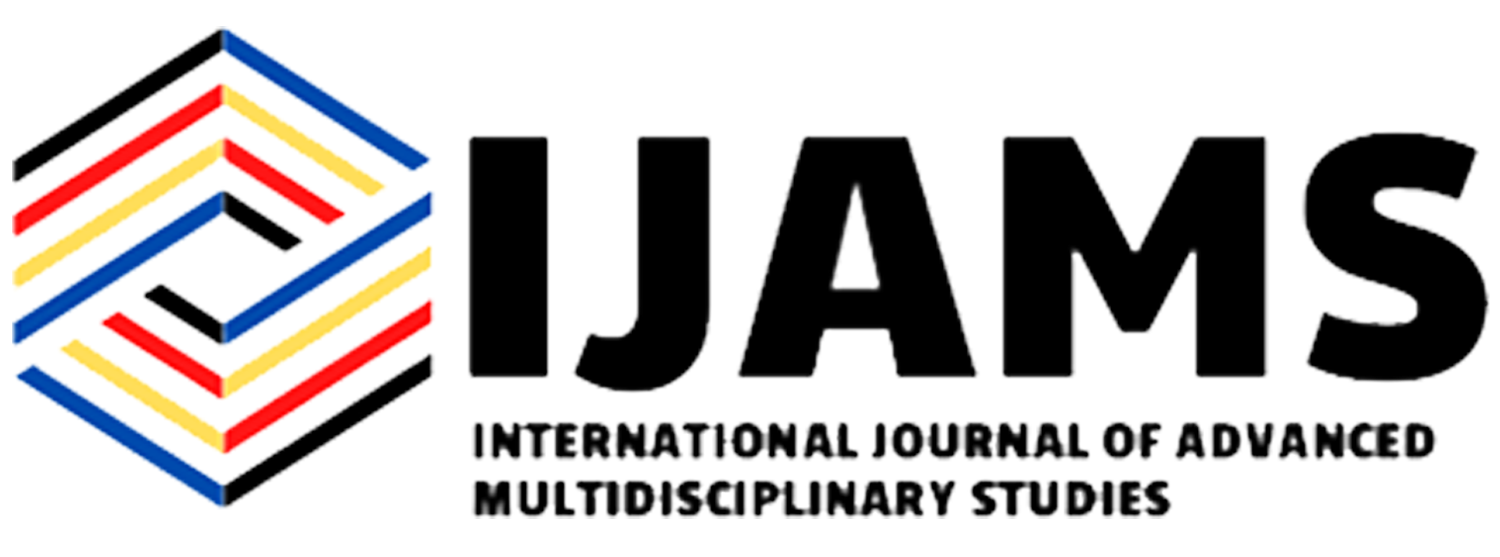ISSN: 2782-893X
eISSN: 2799-0664
 ISSN: 2782- 893X
ISSN: 2782- 893X


This linguistic study aimed to preserve the Inete language of Sitio Nagpana, Barangay Lipata, Barrotac Viejo, Iloilo for future generations through the production and publication of the Inete to Hiligaynon Dictionary and Reference Grammar from the speech community for future generation. This study could be a relevant contribution to the preservation of one of those many Indigenous languages which are dying in an alarming rate. The study used the Memory Banking Epistemology and theoretical perspective underpinning the process in Language Documentation (LD) or Documentary Linguistics in gathering lexemes of Inete language in the corpora. The researcher also utilized the Direct Translation (DT) and Conversational Method (CM) in eliciting the lexemes from Fluent Native Speakers (FNSs) composed of six Fluent Native Elders (FNEs) and one Key Informant (KI). Word lists were at the same time used to elicit Inete lexemes as inputs for Inete to Hiligaynon Dictionary and categorized and analyzed these lexemes into different linguistic features to produce Inete Reference Grammar based on the theoretical frameworks of Philippine languages. Based on the findings of the study, Inete is linguistically unique in phonology due to the inclusion of mid-central unrounded vowel /ə/ or schwa and predominance of the low, front unrounded /Ɛ/ sounds in nucleus slot; the presence of glottal stop /?/, palatal fricative /ʃ/ and palatal affricate /ʤ/ in margin slot and consonant cluster /tr/ and /dr/; the possibility that Inete is one of the two rare r-languages; the vowel and consonant shifts from e to i and r to d, and g to d from Hiligaynon to Inete; the vowel harmony rule involving assimilation of vowels from e to i and as influenced by suffix in, and a to e in prefix pa as influenced by predominant e in nucleus slot in the lexeme; and the analysis that Inete is a stress governed language.